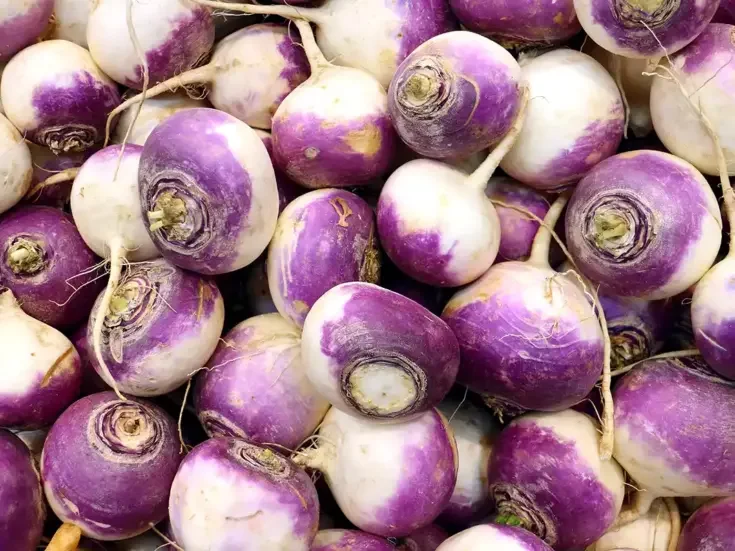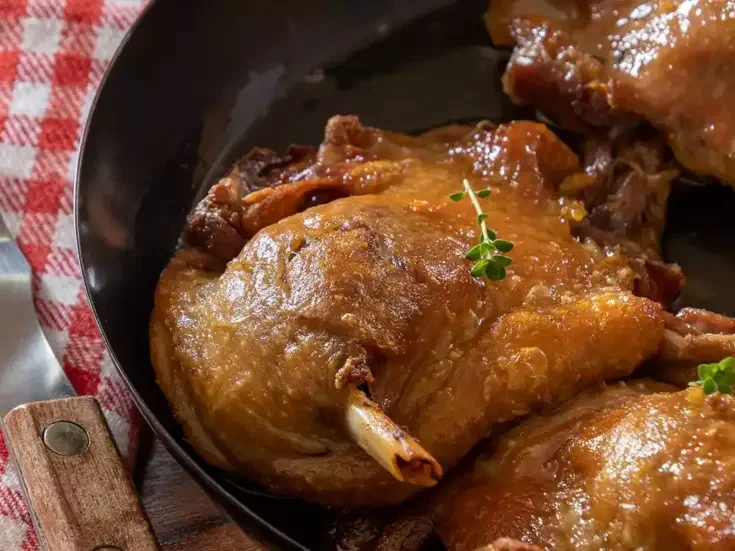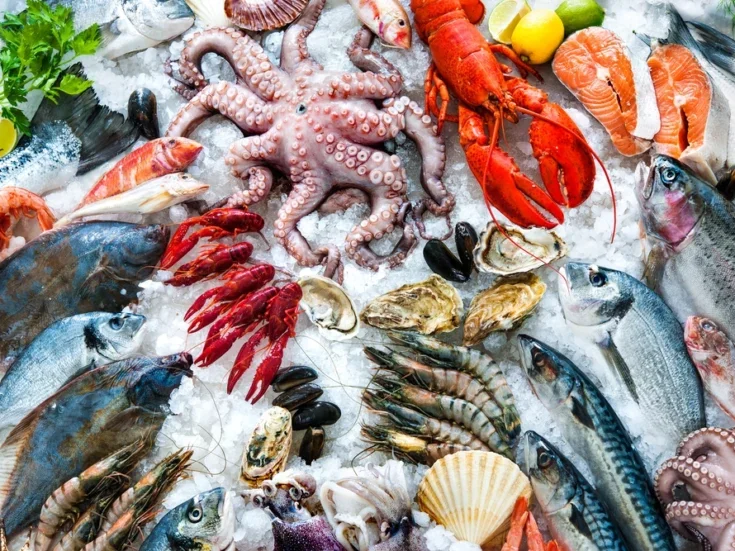
The intense, gelatinous lamproie à la bordelaise may not be for everyone. But as Joanna Simon says, this classic Bordeaux dish is as rich in history and wine-matching possibility as it is in flavor.
I should say at the outset that lamproie à la bordelaise is not an out and out crowd-pleaser (and this may not be an article to read over breakfast). Part of the reason is that people don’t like the thought of lampreys—one can sympathize—and decide not even to try the dish. Personally, I like it, although I haven’t had it many times and on one occasion, having accepted the second helping offered, I could see how King Henry I of England might have died of eating “a surfeit of lampreys.” There’s no hard evidence that he did, but it’s what every child for generations learnt in English classrooms.
Lamproie à la bordelaise: An ancestral, gastronomic speciality
I have not cooked it myself (rare for this series), but I’ve chosen it because it is, unarguably, an ancestral, gastronomic speciality that many Bordelais still celebrate and at least some of those visiting the city and wider region seek it out and appreciate it. You might encounter entrecôte à la bordelaise more often, but lamproie à la bordelaise is of longer and greater authenticity. Sadly for those who treasure the dish and the heritage it represents, it’s becoming less common, as lamprey fishing has been in steep decline. In Bordeaux’s “lamprey capital,” Saint-Terre en Gironde on the banks of the Dordogne, where it has been a key activity since at least the eighteenth century, there are only around 30 licensed lamprey fishers today compared with around 150 only 15 years ago. And yet lamproie à la bordelaise does still feature on restaurant menus and in homes—mostly in winter and spring during the lamprey fishing season (December 1 to May 15) when the fish come in from the sea to breed.

We don’t know when the dish first appeared but, rather like the primitive, prehistoric creature itself (of which more in a moment), the recipe has changed little over time. Chefs and families sometimes have their own particular touches, but the essentials are the same: lampreys (some recipes say one lamprey serves six, others say two lampreys serve eight), slowly cooked with leeks and two or three bay leaves in at least one bottle of red wine per fish (a young, full Bordeaux, preferably Saint-Emilion) and, vitally, the blood of the lamprey, which has to be collected while it is still alive—skip to the next paragraph if you’re squeamish. The lamprey is hung up from the mouth end and slit at the tail end, allowing the blood to flow out.
Some cooks tweak the dish with the herb savory; some add a couple of pinches of sugar, or add depth with chocolate; others enrich it part-way through cooking with the liver minced up with bacon fat (lard gras) and garlic; some include potatoes, although most serve it with potatoes instead. Whatever the cook does, the dish is unequivocally rich—the pescatorial equivalent of a substantial oxtail stew. It’s not just the result of the long slow cooking in red wine and blood, lamprey is a notably meaty and gelatinous fish, which is why it was popular in particular in Lent with the nobility in the middle ages.
One of the world’s ugliest-looking creatures
For some people the inclusion of the blood in the dish is sufficient to put them off. For others, it’s the creature itself: not only one of the planet’s ugliest looking but a blood-sucking parasite. Shaped like a large eel, its jawless head has a funnel-like mouth filled with teeth for sucking the blood from the underside of the fish to which it attaches itself (the likes of cod, salmon, herring, mackerel and smelts, according to its environment). It’s also skinless and covered in mucus that has to be thoroughly cleaned off before cooking.
Appearance and modus operandi aside, the lamprey is a fascinating creature, dating back more than 500 million years and to all intents and purposes genetically unchanged. Apart from Bordeaux and environs, lamprey is fished and eaten in, among other countries, Portugal (including in the dish arroz di lampreia), Galicia in Spain, Latvia, where Carnikava lamprey has PDO status (Protected Designation of Origin), Finland, Russia, and Japan.
From Bordeaux to Licantén
It goes without saying that in Bordeaux the wine drunk with lamproie à la bordelaise is red Bordeaux and very often Saint-Emilion. A medium-young vintage in a positive, ripe year, such as 2015, generally works best. You don’t want overly youthful tannins, but something older and lesser could be overwhelmed by the density and savoury richness of the dish. Not that I feel the need to stick to Saint-Emilion: Castillon, Fronsac, and Pomerol all have possibilities; and, recently, tasting the beautifully ripe, suave Roc de Cambes 2014, François Mitjavile’s Merlot-dominated Côtes de Bourg, I thought how well it would go with it lamproie à la bordelaise. I felt the same about the fragrant stylishness of a Chilean Cabernet Franc from cool, coastal Licantén: Viña Roncière Idahue Estate Cabernet Franc 2018. While, for the darkest, densest interpretations of the dish, I’m drawn to the dark fruit and savory intensity of Cahors Malbec and even Tannat-based Madiran and Saint-Mont. Alain Brumont’s Château Montus 2015 comes to mind.






